This exclusive list of Vegetables that Grow Underground is all you need to enjoy the fresh harvest of the best root veggies!
Most of the vegetables come in specific seasons and not all plants are commercialized to the same extent. Therefore you should have your desired vegetable in your garden to enjoy it whenever you want. If you wish to grow the veggies, this List of Vegetables that Grow Underground includes some excellent choices for you!
Check out our article on the best vegetables for grow bags here
List of Vegetables that Grow Underground
1. Beet
Beet is an excellent addition to stir-fries and salads. Planting it in the spring, two-three weeks before the last (average) frost date in your area. For tropical regions, grow it in late fall, winter, and early spring.
2. Carrot
Carrot is a cool-weather crop. Deep purple hybrid, little fingers, and lunar white are some of the best varieties you can grow. Keep it in a sunny spot, and it’ll do well. Depending on the type and climate, it’ll be ready to harvest in 60-100 days.
3. Potato

Potatoes are quick-growing vegetables and produce young tubers. When deeply buried under the soil, the young roots produce a large number of oblong or round tubers. These tubers develop into young potatoes with a light, almost sweet taste and are best enjoyed lightly steamed.
4. Sweet Potato
Sweet potatoes are a warm-weather crop and are similar to potatoes. The plant requires a growth period of about 4 months and is therefore preferred not to be grown in cooler climates.
5. Turnip
Turnip can survive in cold climates. If you allow it to grow for the second frost season, the turnip grows sweeter. It is recommended to plant turnips in early spring. Turnip can also be planted in late summer or early fall.
6. Rutabaga
Rutabaga belongs to the cabbage family. The rutabaga takes about four more weeks to mature than the turnip, and so it is preferred to be grown in the fall season. The roots of the plant are firmer, large, and rounder than the turnip.
7. Radish
Radish is a quick-growing plant and does best when you directly grow it in the garden. Because it is easy to grow and harvest quickly, it is a popular cool weather crop among gardeners.
8. Parsnip
Parsnip resembles a carrot in its look but is white in color. Being a cool-season crop, the winters help convert its starch into sugars, improving its taste further. The plant is somewhat hard to grow and calls for care and attention, but the results are rewarding!
9. Horseradish
A cold-hardy perennial, horseradish can regenerate from a single root and spread quickly. It comes in two types: common and bohemian. The plant is easy to grow and thrives in full sunlight. Harvest when it is 8-10 inches tall.
10. Onion
It is easy to grow onions in the garden. You can sow the seeds, plant the transplants, or tiny onion bulbs. Different varieties have different needs and daylight requirements. You can pick between short-day and long-day onion varieties.
11. Shallot
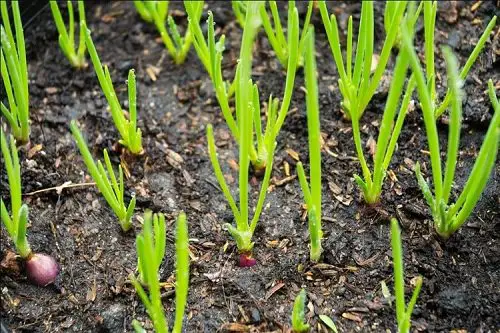
Shallot is a member of the onion family that is mainly grown from cloves. It has a milder flavor when compared to regular onions. The leaves can also be used like chives. Shallot enjoys full sun and gets ready to harvest in 70-90 days.
12. Garlic
Garlic has a high amount of Vitamin C and B6 and several minerals such as zinc, iron, and calcium. It is easy to grow, and the best part is that you can even grow it in a very limited space in pots.
13. Arrowroot
Arrowrots are easy to grow from seeds. It’s a warm climate plant that does best in frost-free regions. Give it a lot of sunlight, and you will soon harvest the tasty roots with a sweet, nutty flavor.
14. Yam

You can plant yam from bulbils and divided roots. As it’s a vine, you will have to provide support of a trellis. It is a vigorously growing plant, and you can harvest it in 8-12 months. Yam can be cooked and consumed like potatoes.
15. Cassava
Cassava is a starchy tuber and the third-largest source of carbohydrates after rice and maize. It has extensive use in both alcoholic beverages and cuisines. You can grow it from cuttings, and it takes 14-18 months to harvest.
16. Ginger
Ginger is mainly cultivated for its rhizome, which has medicinal values. The plant prefers warm seasons, and you can easily grow it from fresh rhizomes year-round if you live in a hot climate. The plant will be ready for harvest within 8-10 months, once the leaves become yellow.
17. Celeriac
Celeriac is a cool-season biennial. You can grow it in the garden, from transplants, as an annual. It is easy to grow and does best in full sun. The plant takes 110-120 days to mature and tastes best in salads, soups, and stews.
18. Daikon
Daikon is a type of radish and has a distinct flavor. The plant requires abundant moisture for its growth; otherwise, it tends to be pungent smelling and hard. Daikon is mainly valued for its culinary uses as a salad in South Asian countries and is a chief ingredient in several Japanese pickles.
19. Jicama
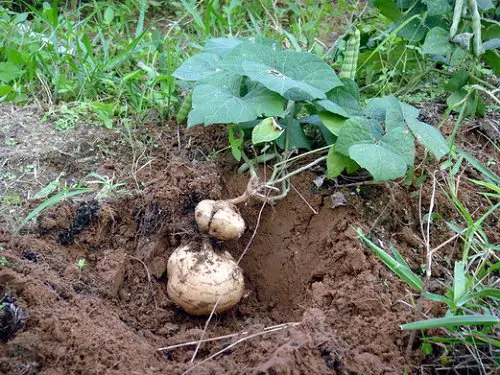
Also known as the Mexican yam beam or the Mexican turnip, Jicama is sensitive to frost and requires frost-free months for its growth. If you live in a tropical area, you can sow the seed at any time of the year.
20. Kohlrabi
Kohlrabi, also known as German turnip, is a biennial crop with a bulbous stem. Plant the seeds after frost in your area. It is a relatively easy to grow plant and does well in full sun. You can harvest it when the bulbs reach 2 to 3 inches in diameter.
21. Taro
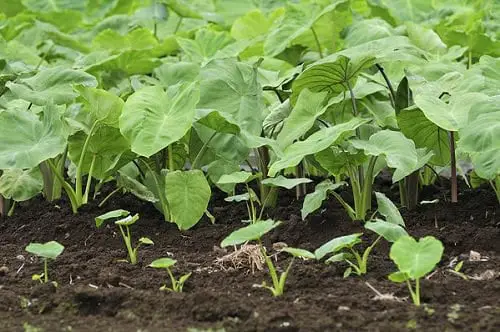
Taro is a healthy option when you compare it with other starchy veggies. What’s more? You can also enjoy its leaves, and they can be cooked like spinach! It prefers a warm temperature range and does best in dappled, bright sunlight. Depending on the variety, the plant will be ready to harvest in 7-12 months.


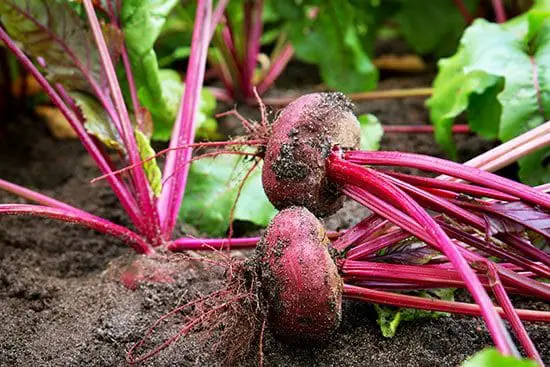

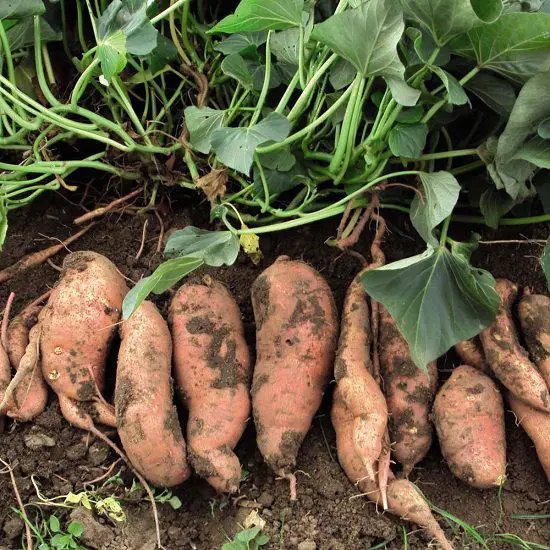
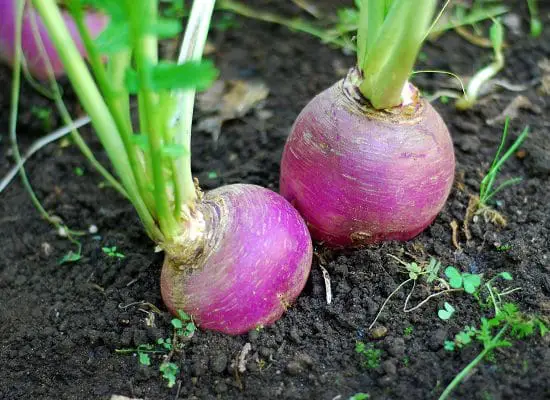
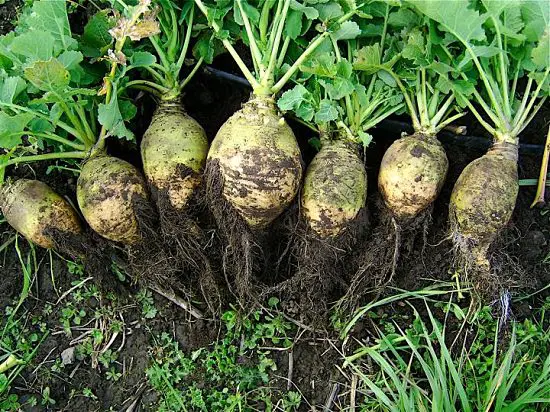
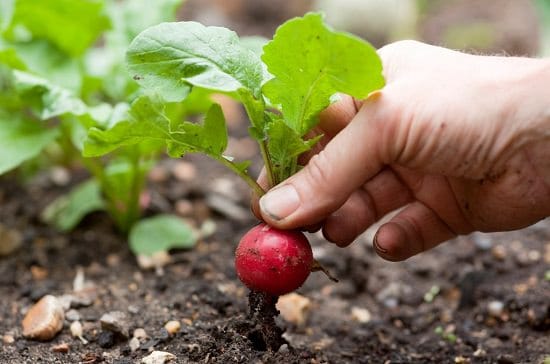
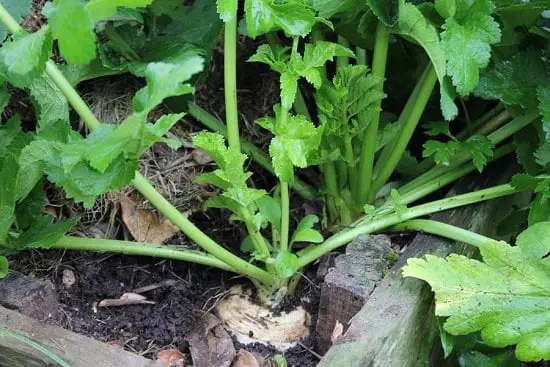
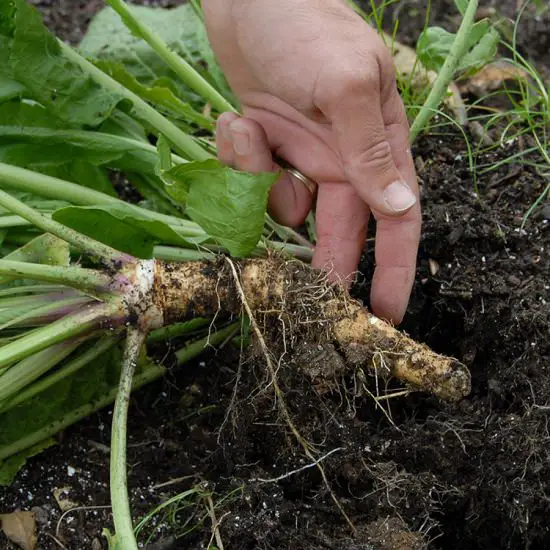


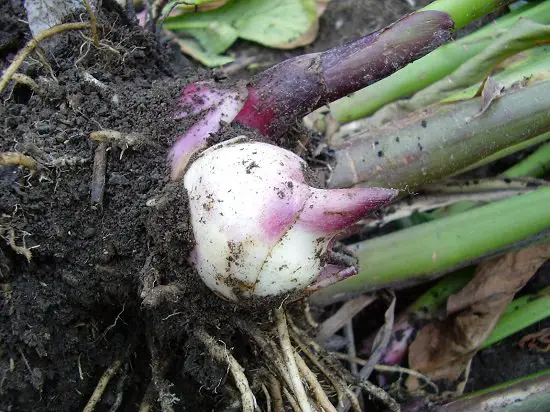
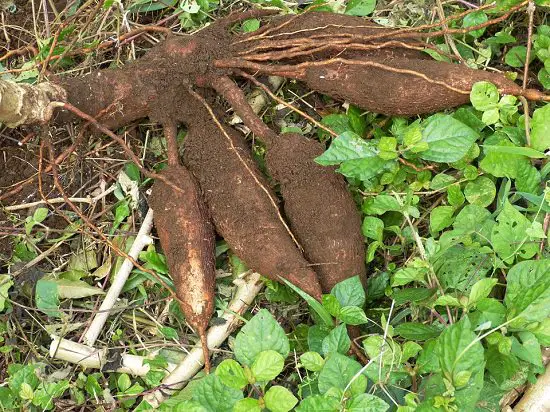

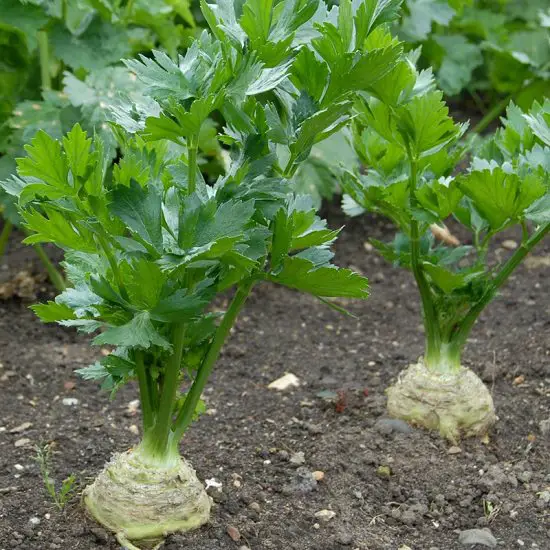
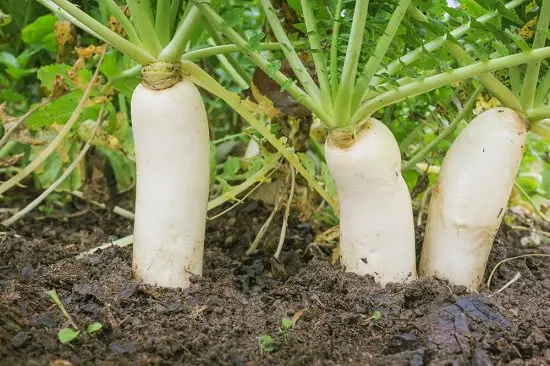
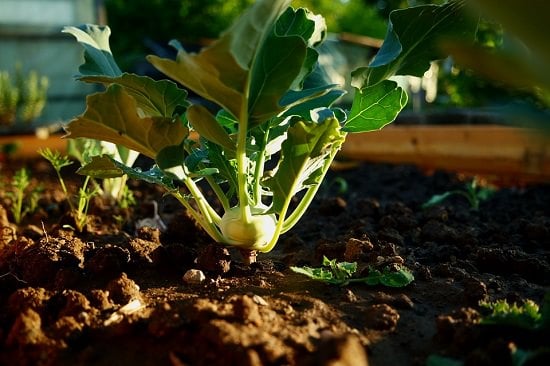

TY for providing this valuable information, be safe.
I hate you for this make 101 things
its pretty goood information for plants beacause we are doing vegatable garden beds
can i get a howyannn
I’m brand new to eating healthy and because of my health. I’ve been diagnosed having Pre Diabetes. Umm i was told this 20 years ago therefore at 62yrs old I consider myself a diabetic, therefore I’m changing my eating habits. Thank You For The Information.
well i think its good to grow things